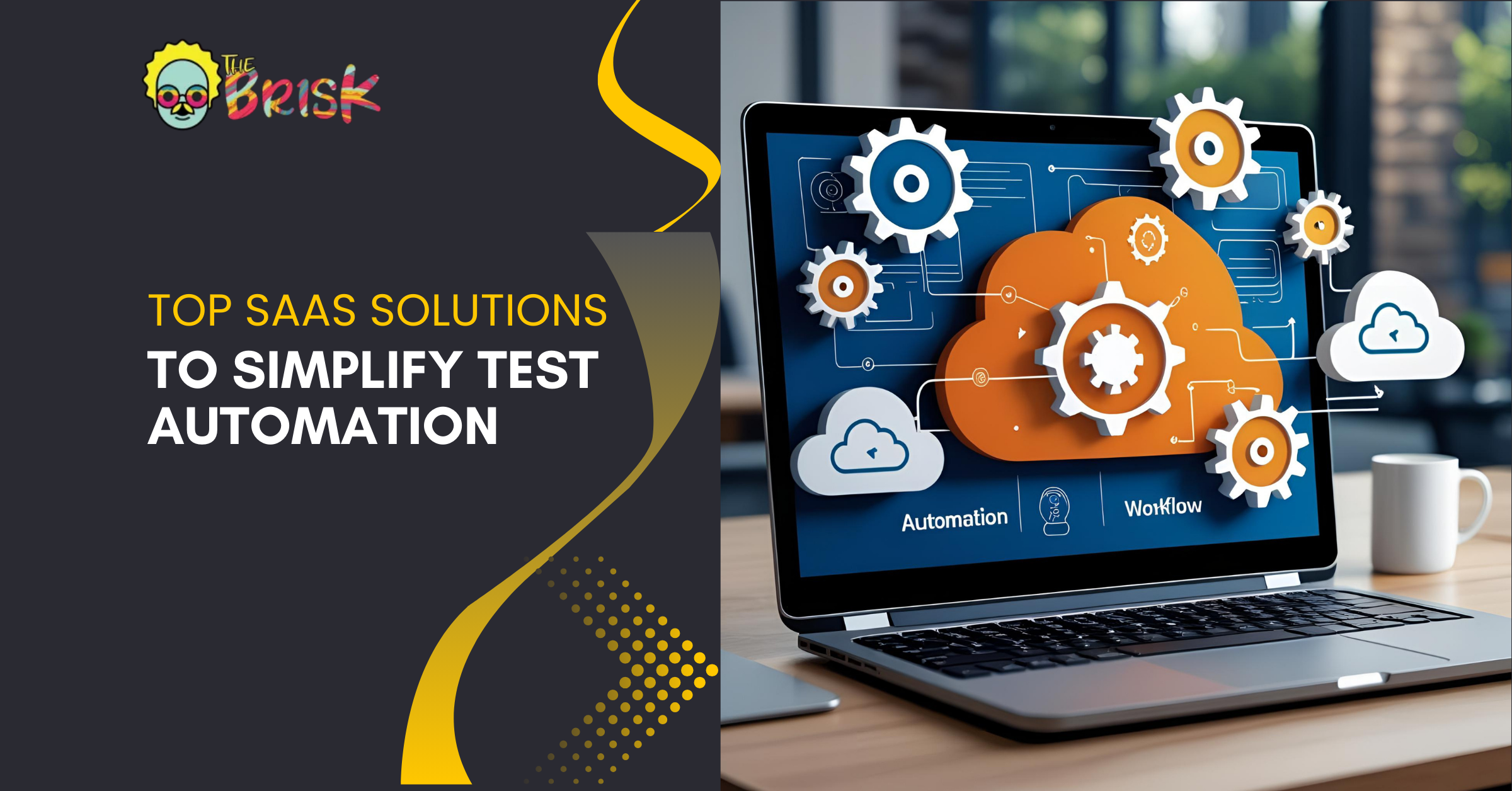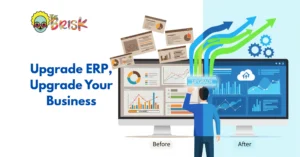Definition
Software as a service (SaaS) lets customers connect to and use cloud-based apps over the Internet. Common examples are email, calendaring, and office tools (like Microsoft Office 365). SaaS gives a whole software program solution that you buy on a pay-as-you-go basis from a cloud service provider.
Table of Contents
Overview
We know that manual testing is performed at the end of the product lifecycle when the product is fully built. However, the test is very important because it outlines the error. According to the rules of life, whatever is important takes time, and this also applies to SAP testing.
To avoid wasting time, we came up with an automated testing process. The concept is fairly trivial, and in addition to saving time, we save a lot of money and other valuable resources. But again, there’s something missing in the whole process. Therefore, it becomes a real-time efficiency process.
Moreover, in a world that can’t tolerate lazy load times in excess of 3 seconds, immediate results can be very annoying. Therefore, a viable solution is needed to address this issue. To overcome this, you can implement a SaaS (Software as a Service) solution with the help of cloud computing technology.
What is the methodology for SaaS (Software-as-a-Service)?
Software as a Service is a method of hosting applications on the Internet using cloud computing technology. In this case, an application becomes a software that meets certain types of requirements.
For example, “Google Calendar” is a SaaS product used to run calendar applications on the Internet. There are some additional features like scheduling meetings and creating reminders.
Then comes the question of why “SaaS” is a possible solution to our problem, or why SaaS solutions are the best approach to this problem. It is because: –
Capital Investment Savings
Resources are required to set up a test environment. But what if you could use powerful resources that are charged according to your consumption at a low cost, it becomes pretty efficient.
In this way, you can not only save on your initial investment but can also make better use of these “extra money savings”.
Easy to scale
You may not currently have a large dataset, but as you grow, you may need to manage a larger dataset. Anyhow, it is clear that the hardware also needs to be upgraded during the use of traditional methods.
However, this adds a plus point to the benefits of using cloud technology. You can easily do up or down scale as per your needs.
Remote Access
It allows remote access to resources. This probably means you can use the service at any time without being tied to an emplacement. All you need is a strong internet connection and a web browser, and you’re ready to go.
Plug & Play
If you use the traditional method, in addition to the setup cost, you will spend a lot of time getting your system tested. Moreover, it is all plug-and-play on the SaaS platform. In other words, this means that you don’t have to wait until your system is ready to test this feature.
SaaS Automation
The process of automating tasks that are traditionally performed by humans while utilising a SaaS service is known as SaaS automation.
Tools like HubSpot, Mobilemonkey, Basecamp, Everhour, Databox, etc. link SaaS and Automation.
SaaS automation tools can help teams spend their time more efficiently. By automating the repetitive, low-impact, high-effort tasks, you free up time that you can then invest in scaling your business.
Do “SaaS” solutions achieve real-time efficiency in automated testing?
Yes, while comparing to traditional methods, it is recommended to use a SaaS-based approach for automated testing. This is because it includes all of the above benefits and more.
However, only a handful of general benefits do not help address the problem, and the problem is also unique, so a unique solution is needed.
Therefore, the next question can probably be, “What SaaS test solution do you need to deploy here?”. The answer is just simple.
You need something faster than your current system. In other words, you need to choose a solution that disables delays that are not directly related to the test mechanism.
In this way, we can make a system that would touch all the points with the scope of increasing efficiency.
Such a system already exists and is coupled with a change intelligence platform in order to increase the overall output by a much larger extent. Also, to give you an idea of the capabilities of such systems, below are a few listed benefits:
Faster Test Cycles
As mentioned already, testing can be prolonged. Therefore, to improve that, the first and foremost thing we need to have is ‘faster test cycles’.
However, this factor is highly achievable because we are using the ‘SaaS’ structure here, where we can deploy high-end hardware remotely. Likewise, one would need high-speed Internet at the same time to achieve better results.
Real-time Visibility
Not only will the test cycle be faster, but if you can save time running the test process, the process will be even faster.
This is why real-time visibility of test results is essential. Instead of waiting for the process to complete and then fixing the bug, take action as soon as the bug is identified.
Practical Insights
A system that tells you what’s wrong and suggests possible changes will be a great solution for any test environment.
You may not have all the solutions that need to be fixed, but they are useful for general optimization.
Real-time Document
Documenting everything is a busy process, but it’s a must. Without documentation, everything from rolling back issues to previous versions to verifying how a particular solution was reached was mismanaged.
Therefore, we need a system that automates the document at every step. It saves time and effort and solves the problem of making the system more efficient in real time.
Collaborative Front
We are looking for a solution that enables remote access, so we need a platform that provides the forefront of collaboration.
You don’t need that much, but the dashboards, insight panels, messaging, and the comments about the debug operation for a particular task list are perfectly suited to the system we are trying to achieve.
It’s true that collaborative front doesn’t directly affect the efficiency of test automation, but if you compare this to traditional collaborative mechanisms, you’ll see a significant improvement in efficiency.
Examples of popular SaaS providers include: BigCommerce, Google Workspace, Salesforce, and Dropbox. The bottom line with some SaaS solution examples literally covers all business processes for companies of all shapes and sizes, like The Brisk.
Conclusion
At this point, you are well aware of the concept of SaaS methodology. Moreover, there are also the benefits of embedding it with Change Intelligence Platforms.
Increase efficiency by combining automated testing with real-time collaboration, faster test cycles, and many other features.
Finally, we can be confident that switching to a SaaS solution combined with change intelligence is the best way to improve the efficiency of test automation today.





No Comments